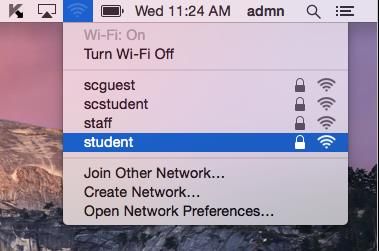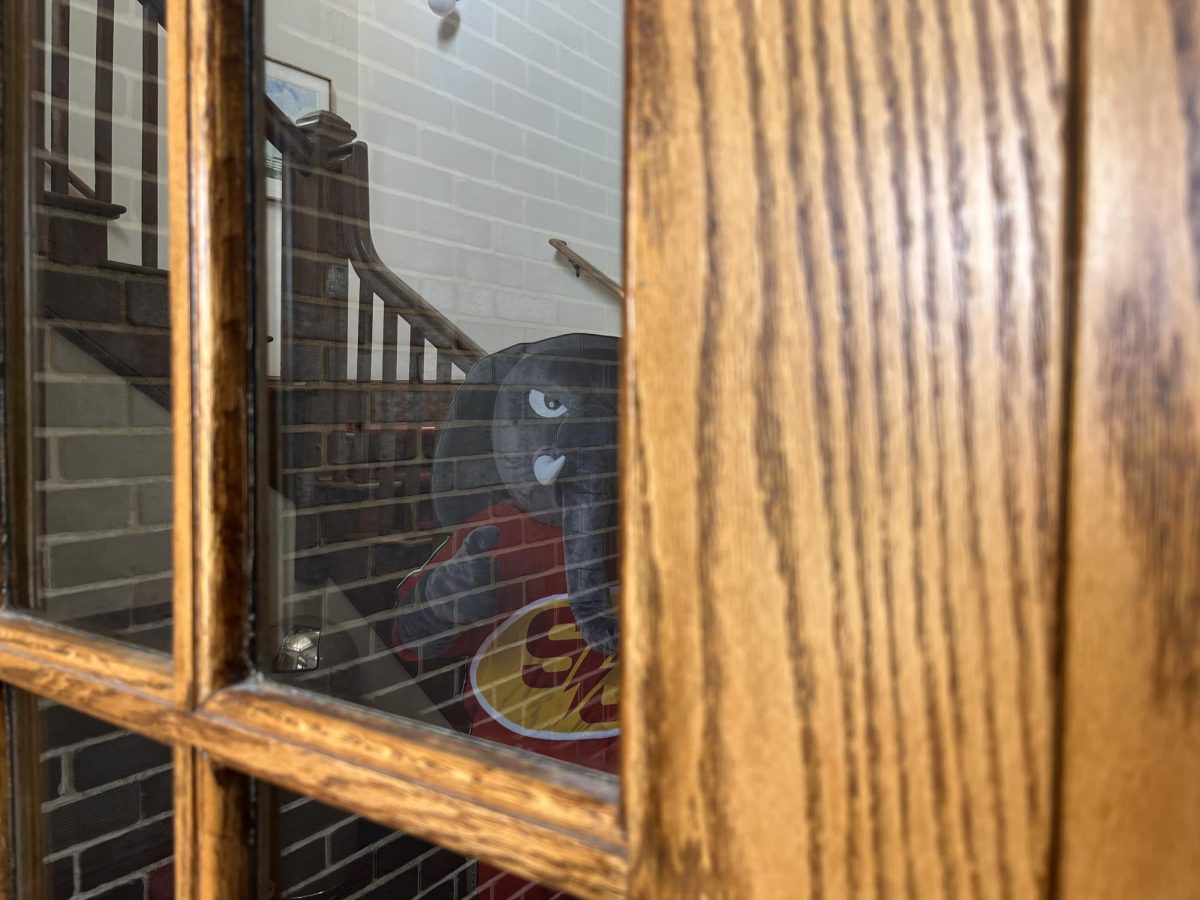ITS officials address recent Wi-Fi woes

November 9, 2016
Within the last few weeks, students have experienced trouble using the internet on Simpson College’s campus.
But the problem isn’t the Wi-Fi — it’s the bandwidth.
According to CNET, Wi-Fi is just an alternative to connecting to the internet using cables, and is, in fact, separate from the internet. The internet connects all computers around the world while the Wi-Fi connects on one network.
In Simpson’s case, students use the “student” network. Bandwidth, according to Lifewire, is the amount of information per unit of time the internet connection can handle.
Kelley Bradder, vice president of information technology services, addressed the issues in a Nov. 2 Student Government Association meeting, saying the problems students attributed to Wi-Fi were actually problems with the internet’s bandwidth.
“When we started looking at it, what we found was there is a small group of students who are consuming huge amounts of bandwidth,” Bradder said.
These students, according to Bradder, were downloading game content and full-length films, leaving little bandwidth for the rest of campus.
“We put a restriction on the ability to download huge amounts of file space,” she said.
Download speeds, however, are not being limited, only file size. The sizes being limited should not affect most of the files necessary for students to complete their coursework.
Much of the frustration from students stemmed from confusion, as they had had good experiences with the internet so far this year. As a result, students brought more devices back to campus after fall break, adding to the internet difficulties. Bradder estimates there are some 40-50 more devices on campus.
To resolve the issues, ITS increased the bandwidth by 20 percent.
“We still have capacity to grow. We continue to monitor it. We know it’s important to you,” Bradder said. “We don’t want your internet to suck.”
These issues, however, have a silver lining.
In the past, students have not had the ability to participate in online gaming on devices like Xboxes and PlayStations. Now students can, using Ethernet cables, without significantly impacting the bandwidth. The only thing students can’t do is game wirelessly.
ITS officials said they can’t do anything if students don’t let them know what’s happening.
“If something isn’t working, I can’t fix something that we don’t know about. It’s really important to communicate,” Bradder said.
When contacting ITS with a problem, students should indicate the time of day, the device and the task by sending an email to help.desk@simpson.edu.






